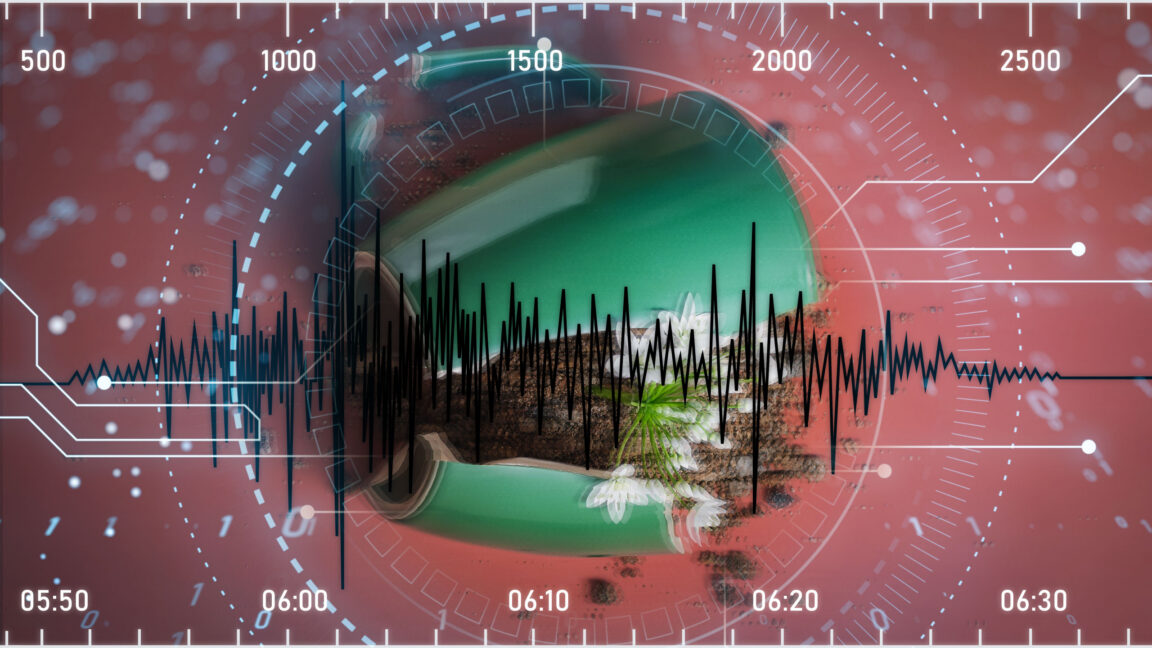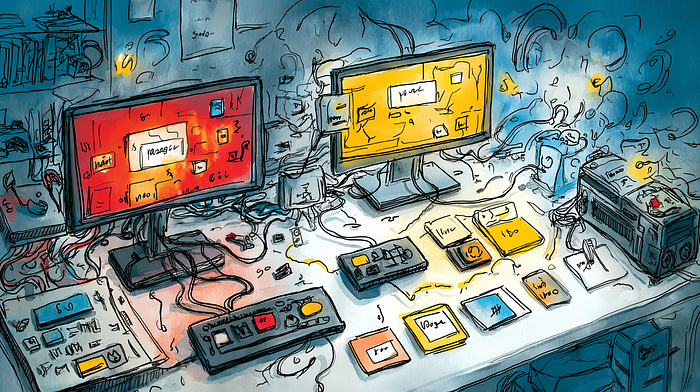Introduction to Earthquake Detection
On January 1, 2008, at 1:59 am in Calipatria, California, an earthquake happened. You haven’t heard of this earthquake; even if you had been living in Calipatria, you wouldn’t have felt anything. It was magnitude -0.53, about the same amount of shaking as a truck passing by. Still, this earthquake is notable, not because it was large but because it was small—and yet we know about it.
How AI Tools Have Changed Earthquake Detection
Over the past seven years, AI tools based on computer imaging have almost completely automated one of the fundamental tasks of seismology: detecting earthquakes. What used to be the task of human analysts—and later, simpler computer programs—can now be done automatically and quickly by machine-learning tools. These machine-learning tools can detect smaller earthquakes than human analysts, especially in noisy environments like cities. Earthquakes give valuable information about the composition of the Earth and what hazards might occur in the future.
Benefits of Machine-Learning Tools
According to Kyle Bradley, co-author of the Earthquake Insights newsletter, “In the best-case scenario, when you adopt these new techniques, even on the same old data, it’s kind of like putting on glasses for the first time, and you can see the leaves on the trees.” I talked with several earthquake scientists, and they all agreed that machine-learning methods have replaced humans for the better in these specific tasks. Judith Hubbard, a Cornell University professor and Bradley’s co-author, told me, “It’s really remarkable.”
The Future of Earthquake Detection
Less certain is what comes next. Earthquake detection is a fundamental part of seismology, but there are many other data processing tasks that have yet to be disrupted. The biggest potential impacts, all the way to earthquake forecasting, haven’t materialized yet. Joe Byrnes, a professor at the University of Texas at Dallas, said, “It really was a revolution. But the revolution is ongoing.”
Understanding Earthquakes
When an earthquake happens in one place, the shaking passes through the ground, similar to how sound waves pass through the air. In both cases, it’s possible to draw inferences about the materials the waves pass through.
Conclusion
The use of AI tools in earthquake detection has revolutionized the field of seismology. With the ability to detect smaller earthquakes and process data quickly, scientists can gain a better understanding of the Earth’s composition and potential hazards. While there is still more to be discovered, the impact of machine-learning tools on earthquake detection is undeniable.
FAQs
Q: What is the magnitude of the earthquake that happened in Calipatria, California?
A: The magnitude of the earthquake was -0.53.
Q: How have AI tools changed earthquake detection?
A: AI tools have automated the task of detecting earthquakes, allowing for quicker and more accurate detection, especially in noisy environments.
Q: What is the potential impact of machine-learning tools on earthquake detection?
A: The potential impact is significant, with the possibility of improving our understanding of the Earth’s composition and potential hazards, and potentially leading to earthquake forecasting.
Q: Are machine-learning tools replacing human analysts in earthquake detection?
A: Yes, machine-learning tools have replaced humans in the specific task of detecting earthquakes, and scientists agree that this is an improvement.











